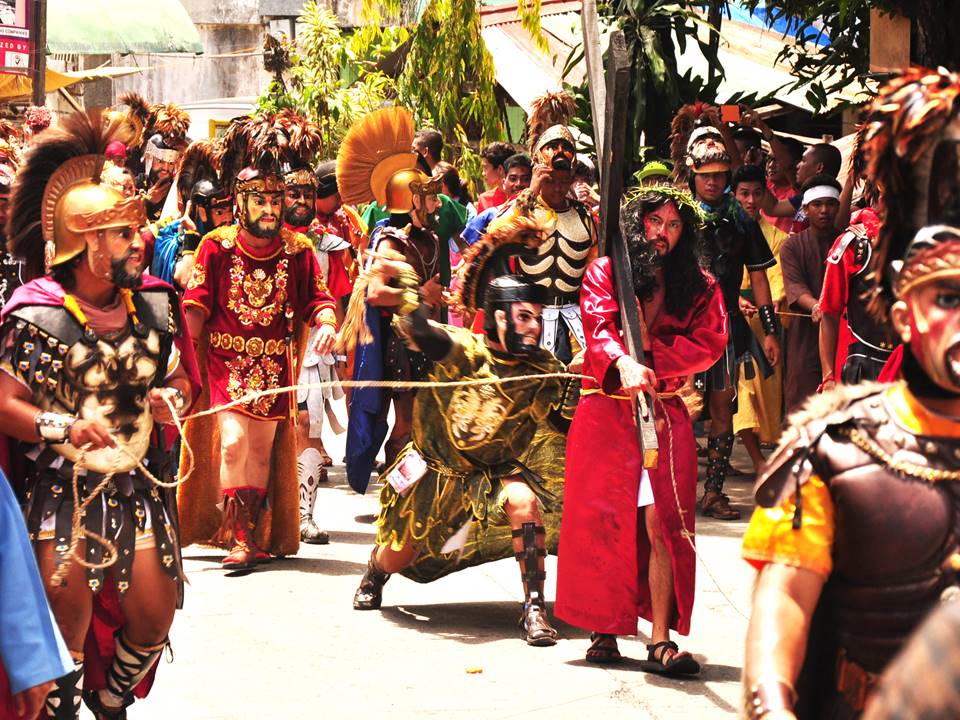
On the Philippine island of Marinduque, a religious event known as the Marinduque Moriones Festival takes place yearly during Holy Week. In addition, the Moriones tradition inspires the development of other celebrations in the Philippines that incorporate traditional cultural festivals.
There is a vibrant festival on the Philippine island of Marinduque. The players portray the Roman soldiers and Syrian mercenaries in the Passion of the Christ story using morion masks. Moreover, the seven-day search for Longinus by the masked and costumed penitents known as “Moriones” takes place throughout the town (a roman soldier who was blind in one eye).
From Holy Monday through Easter Sunday, zombies walk the city streets, scaring children or pulling pranks or surprises to get people’s attention. As a result, the towns of Boac, Gasan, Santa Cruz, Buenavista, and Mogpog on the island of Marinduque become one gigantic stage.
Significance of Marinduque Moriones Festival
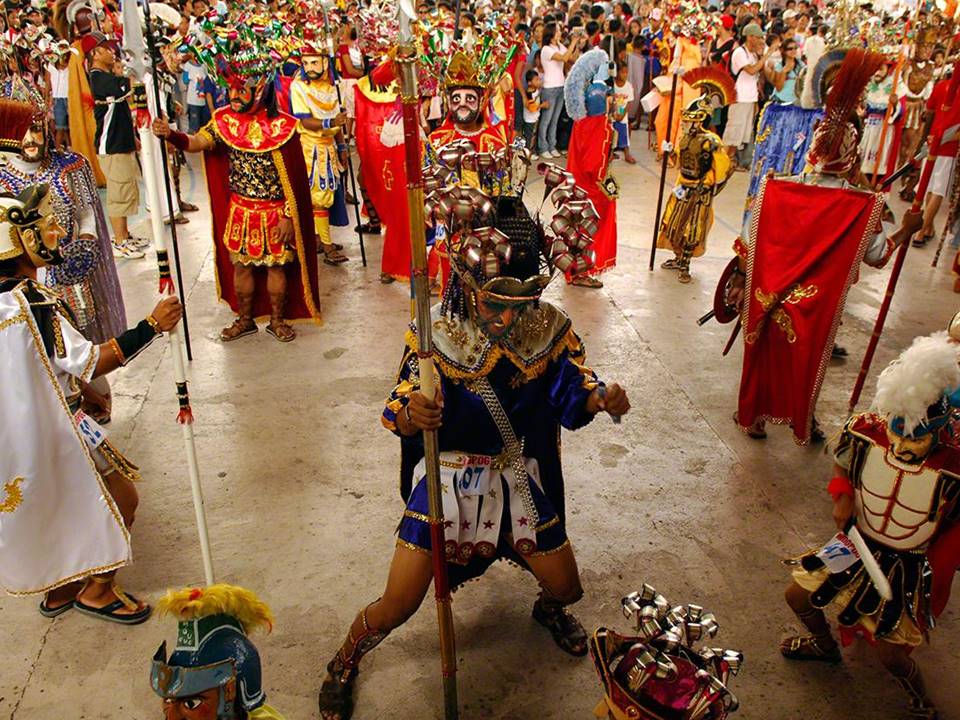
The Marinduque Moriones festival is one of the most colorful festivals in the Philippines. The celebration is annually from January to February in Marinduque, a province located at the southern tip of Luzon island.
Moriones are wooden dolls used in this festival, which has been part of Marinduque’s rich culture for centuries. Marinduque is known for its beautiful beaches and natural attractions, but it also has rich culture and history that tourists must visit.
The Marinduque Moriones Festival is a celebration of Marinduque’s rich culture and history. It is a significant festival in the province because it reminds people about their roots and how they should be proud of who they are. The Marinduque Moriones Festival marks the end of the harvest and thanksgiving for a bountiful year. In addition, the festival also celebrates Marinduque culture by showcasing its rituals and traditions through dance, song, and costumes.
Origin and Evolution of the Marinduque Moriones Festival
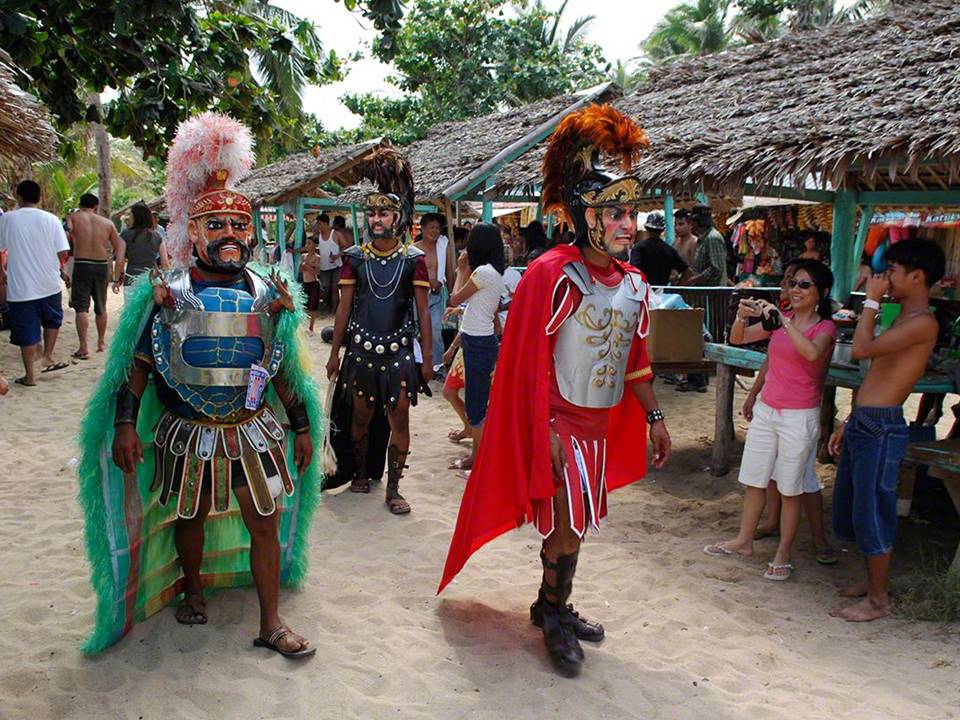
Marinduque is a province located in the central part of Western Visayas. It encompasses the Mindoro channels to the south, the Masbate Sea to the east, and the Sibuyan Sea to the north. The province is the smallest in Western Visayas, with a total land area of around 1,119 square kilometers.
The Marinduque Moriones festival commemorates the story of Longinus, a centurion of the Praetorian Guard. In addition, legend has it that Longinus, blind in one eye, suddenly regained all his sight after he bled in his good eye and immediately went to see Jesus Christ.
Another account tells us that Longinus met with a group of Jewish elders when Jesus was crucified and told them about his experience with Jesus; after witnessing the resurrection and ascension of Jesus into heaven, he converted to Christianity and became a Roman soldier-saint. As a result, Longinus’ conversion to Christianity under such circumstances is likely to have undermined Roman authority.
Religious Aspect and Role of the Festival in Preserving Cultural Heritage
The Marinduque Moriones Festival is also a celebration of Marinduque religious beliefs and customs. In addition, it commemorates the birth of Santo Niño, a significant figure in the province. Every year January 30, which also happens to be the day of the Moriones Festival, is Santo Nino’s feast day.
The word “moriones” comes from the Spanish word for masked dancers called “moros” or Moors. The Marinduque Moriones Festival is a celebration of Marinduque’s rich culture and history. It is also an important festival in the province because it reminds people about their roots and how they should be proud of who they are.
The Marinduque Moriones Festival is also a religious event in which people thank the Lord for a fruitful year and ask for protection from harm. In the festival’s rituals, the people of Marinduque dress up as moriones or masks and dance around in groups.
Highlights of the Marinduque Moriones Festival
The Marinduque Moriones festival in Marinduque emphasizes the lenten narrative. The narrative of Longinus, a Roman soldier blind in one eye, draws large crowds each Holy Week. As a result, Longinus could see after piercing the side of the crucified Jesus Christ and being struck by a spurt of blood from the victim. His conversion as a result of the miracle caused him to proclaim Jesus as Lord.
- Overview of the Events and Activities. The Moriones Festival celebrates the diversity of the Marinduqueño culture. It is a time when people from all walks of life come together to celebrate their heritage and tradition. The centurions’ pursuit of Longinus, who was apprehended and beheaded despite passing away with his faith in Christ, is also shown in the Marinduque Moriones Festival’s narrative.
- The Festival’s Key Attraction. The Via Crucis is one of the festival’s centerpieces. A portrayal of Christ’s suffering on the way to the cross. Men torture themselves by whipping their backs, bearing a wooden cross, and, on rare occasions, executing by hanging. They regard this as their way of making up for their transgressions.
- Participation of the Local Community. It is a week-long celebration by male penitents in costumes who parade around town. On Holy Wednesday and Good Friday, major religious processions take place, with prominent families in the six villages of Marinduque showcasing their larger-than-life religious images in carosas. On Black Saturday comes the pugutan, or beheading of Longinus.
3 Best Places to Visit Marinduque
Poctoy White beach
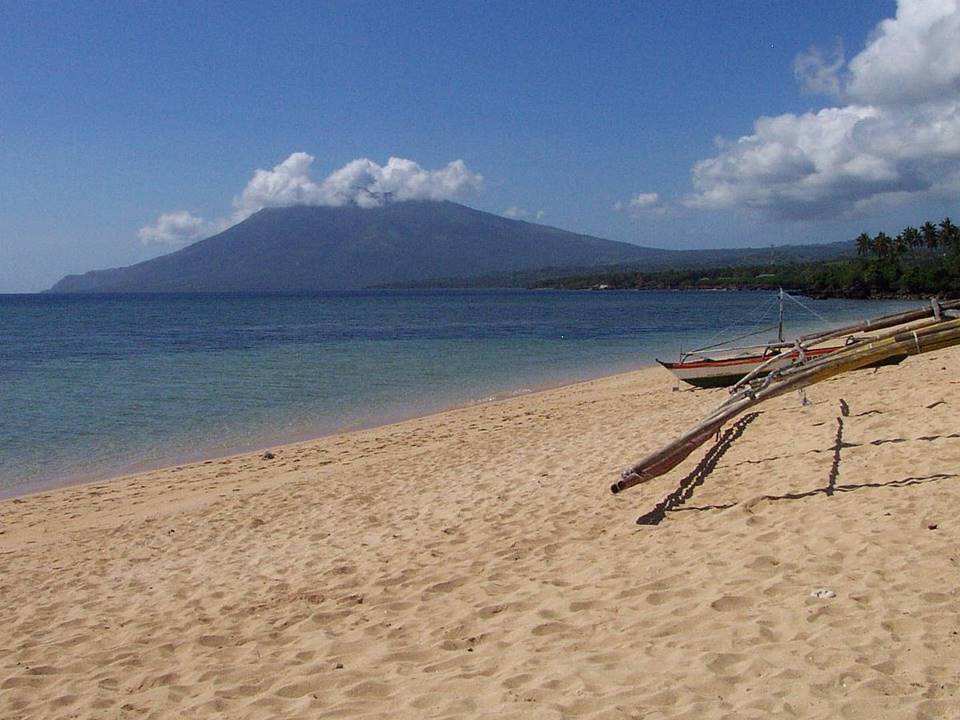
During the Marinduque Moriones Festival, you may also want to visit the Poctoy White Beach is one of Marinduque’s well-known attractions, a length of palm-lined beautiful white sand beach in the Torrijos coastal municipality. Surrounding the powdery beach are crystal-clear waters ideal for swimming and kayaking. There are also beachside cabins and cottages with seating and tables, which are perfect for relaxing days on the sand.
In Poctoy White Beach, the staff welcomes the tourists with a heartwarming custom called putong. The locals dress up travelers in traditional song and dance costumes and crown them with flowers.
The Bagumbungan Cave
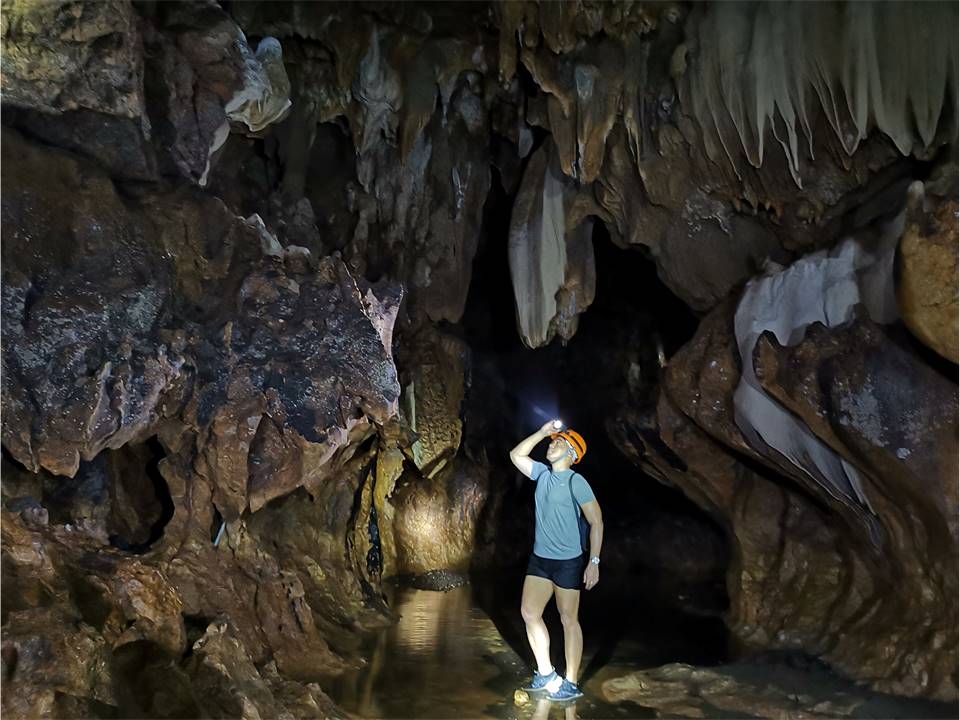
Check out the Bagumbungan Cave, one of Marinduque’s underground treasures, if you’d like to go spelunking in the Philippines. Because of its impressively shaped stalactites and stalagmites, it frequently recalls Sumaguing Cave in Sagada. Bagumbungan Cave is a stunning spelunking location with fantastic rock formations.
You can reach the cave from Santa Cruz town. A pathway leads down the waist-deep underground river basin at the cave’s entrance. You must pass through slippery surfaces and narrow passages to get there. In addition, the path gets more challenging as you slide down the muddy tracks and squeeze yourself between huge rocks.
The 1.9 km long Bagumbungan Cave includes a trail suitable for beginners, making it a great place to start spelunking. Unfortunately, tourists cannot enter some areas of the cave. However, it is still entirely uncharted, making it a paradise for intrepid travelers.
The Maniwaya Island
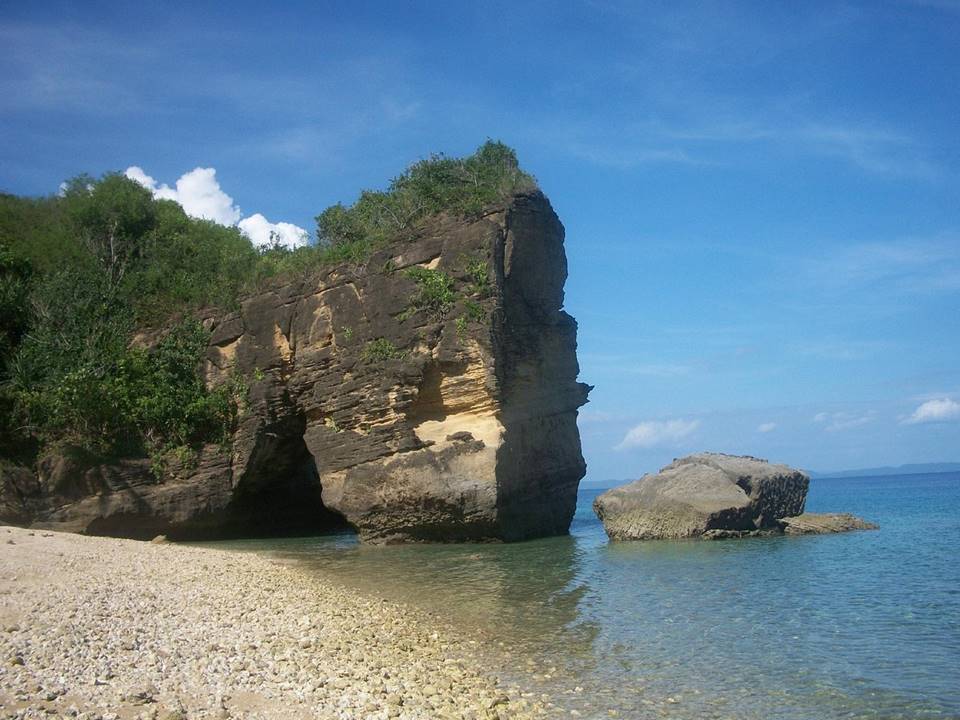
Of all the well-known tourist spots in Marinduque, Maniwaya Island should be at the top of your list. One of the several Marinduque islands that dot Santa Cruz town, it can compete with the Philippines’ well-known white sand beaches. The white beach of Maniwaya Island is a must-see destination after attending the Marinduque Moriones Festival.
The province’s most visited island is Maniwaya Island. To observe and enjoy the white sand beaches, visitors frequently throng Maniwaya. There is a Php 20 minimum entrance fee. However, the amount you pay will depend on where you intend to stay while on the island. Weekdays are your best chance to go when fewer people are there.

